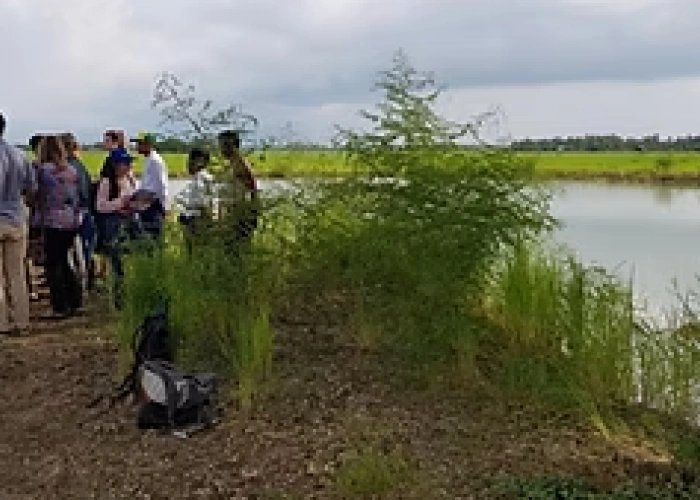Quick scan and study saline agriculture

Myanmar is widely recognized to be one of the countries that is most vulnerable to climate change.
The ocean tides, combined with the river geometry and the discharge of the river, determine how far the saline water
intrudes into the delta. Especially during low discharge and spring tide, the salinity front can move deeper into the delta.
Because of the large tidal propagation inside the deltas of Myanmar, the salinity front is able to move far inland.
A large part of the coastal areas is affected by soil salinity, causing unfavorable conditions and restricting normal crop production throughout the year.
A switch to saline agriculture at relevant locations could provide a wide range of possible benefits for Myanmar.
Including improved livelihoods of farmers, enhanced food security, knowledge development and economic growth.
The primary goal of this project is to explore by means of a quick scan if introduction of salt tolerant crops and improved management practices is feasible and supportive to the development of sustainable climate-smart agriculture in the coastal areas of Myanmar.
With the aim of securing food production, nutrition and increased income for the local farmers, with also protection of biodiversity as a (future) key deliverable.
The quick scan will focus on the Ayeyarwady region (partly) and Yangon Region. Secondly, this project aims to form the basis for long-term engagements from the Netherlands with coastal areas in the whole of Myanmar.